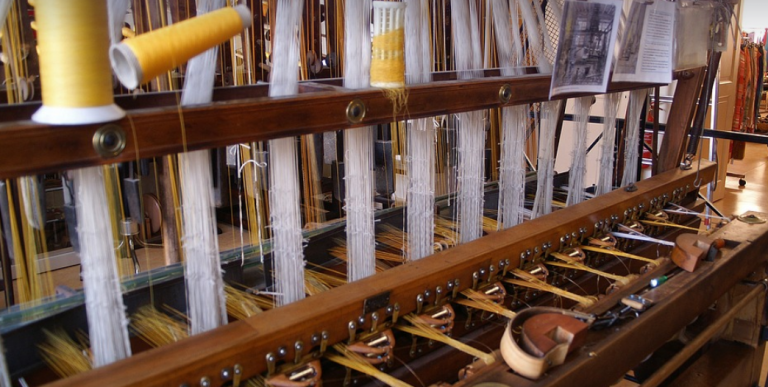
What’s a Stuffing Box?
A stuffing box, often referred to as a packing box or gland packing box, is an essential component of many industrial pumps. It acts as the sealing mechanism for the rotating shaft that pushes and pulls fluids in and out of the pump. Think of it like the “door” that allows the fluid to get into and out of the pump. Just like a house door needs proper sealing for weatherproofing, a stuffing box keeps water, oil, or whatever other fluids are being pumped inside the pump from leaking or escaping.
Why are Stuffing Boxes Important?
Stuffing boxes aren’t just there for looks; they play a crucial role in maintaining your pumps. They ensure smooth operation and prevent harmful leaks that can severely impact efficiency, performance, and even safety. If the stuffing box fails to seal properly, it could lead to:
- Fluid Leakage: This might range from minor drips to major spills, which can contaminate surrounding environments and potentially cause costly repairs.
- Performance Degradation: A leak will disrupt the flow of material through your pump. You’ll encounter reduced efficiency, uneven pressure changes, and ultimately, lower output.
- Increased Maintenance: Even if you are lucky enough to catch a small leak before it becomes problematic, you’ll need to frequently service the pump to ensure proper sealing. This includes potential downtime for repairs, impacting your production schedule.
Choosing the Right Stuffing Box
The type of stuffing box that works best depends on several factors, including: the size and type of your pump, the operating environment (temperature, pressure), the fluid being handled, and budget constraints.
Here are some key considerations for selecting a stuffing box:
- Material Selection: Consider the material’s resistance to corrosion and wear from the specific fluids it will handle. Stainless steel, brass, or other corrosion-resistant materials are often used in high-pressure applications.
- Gasket Type: The type of gasket for your stuffing box should be chosen carefully. Common options include rubber gaskets, PTFE (Teflon) gaskets, and labyrinth sealings. These all have their strengths depending on the application’s requirements.
- Thread Size and Sealing Method: The thread size of the stuffing box must match your pump shaft for proper sealing. Different methods like mechanical seals or O-rings are used to ensure leak-free operation
- Type of Pump: The pump’s type will influence the best choice of stuffing box. A centrifugal pump used in a cooling system might require different specifications than a positive displacement pump for chemical processing.
Getting Your Stuffing Box Right
Maintaining a properly functioning stuffing box is crucial, and it’s something that shouldn’t be overlooked. While selecting the right stuffing box is the first step, regular maintenance is just as important:
- Regular Inspection: Your pump should receive periodic visual inspections to check for wear and tear on the body of the stuffing box, gaskets, and any signs of leakage. This ensures early detection of potential problems before they escalate.
- Periodic Lubrication: Lubricant applied to the shaft helps reduce friction, leading to smoother operation and extending the life span of your stuffing box. The type and amount of lubricant needed vary depending on the specific application.
- Cleaning and Maintenance: Regularly clean the stuffing box to prevent dirt buildup or corrosion which can lead to leaks. This may require a specialized cleaning process or tools depending on the material used in the construction of the stuffing box.
Why Professional Help Matters
While routine maintenance can extend the life of your stuffing boxes, it’s essential to involve certified professionals for more complex tasks such as:
- Installation and Repair: Installing a new or repairing an existing stuffing box correctly requires specialized knowledge and experience. Hiring qualified technicians will ensure proper sealing and efficient operation.
- Pump System Testing: To confirm that the stuffing box is working properly, it’s imperative to test the pump system thoroughly after installation or repairs. This ensures optimal performance and minimizes the risk of leaks or other issues.
- Troubleshooting and Maintenance: If you are experiencing problems with your pumping system, contacting a qualified technician for troubleshooting and maintenance services will help resolve any discrepancies, ultimately saving you time, money, and potential damage.
The Bottom Line
Stuffing boxes are an often-overlooked but vital part of your pump’s functionality and efficiency. By understanding why they matter, choosing the right box for your application, and performing regular maintenance, you can ensure a leak-free operation of your pumps, which in turn will save you time, money, headaches, and help keep your operations running smoothly.


